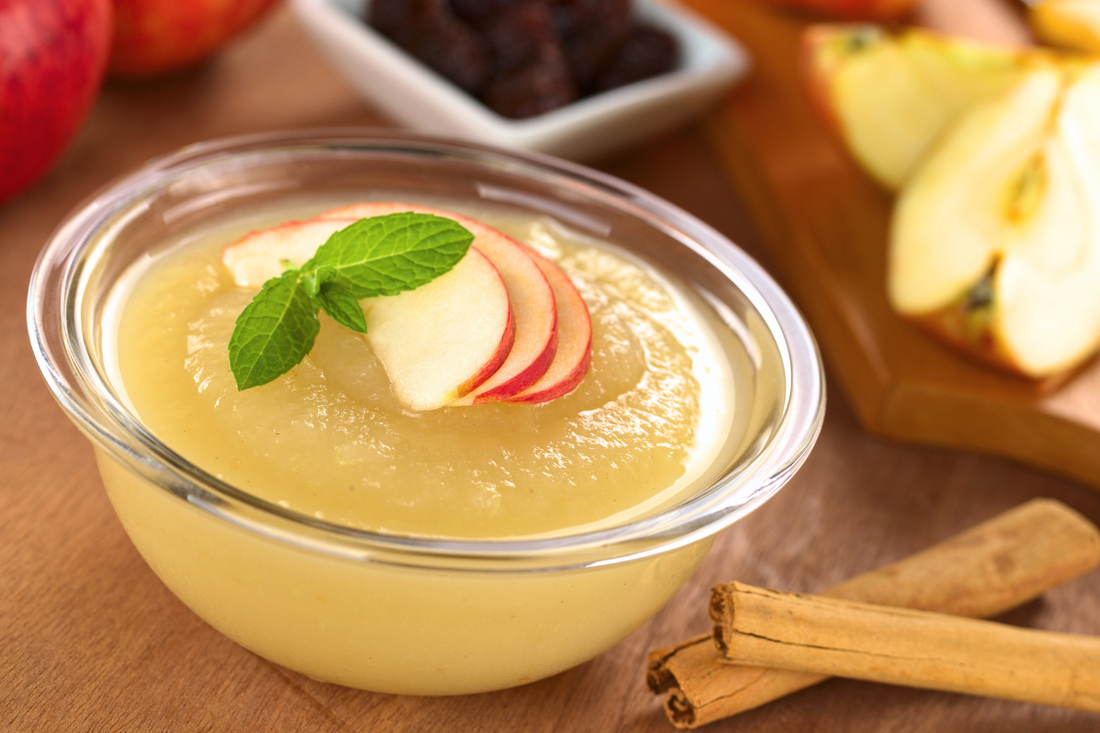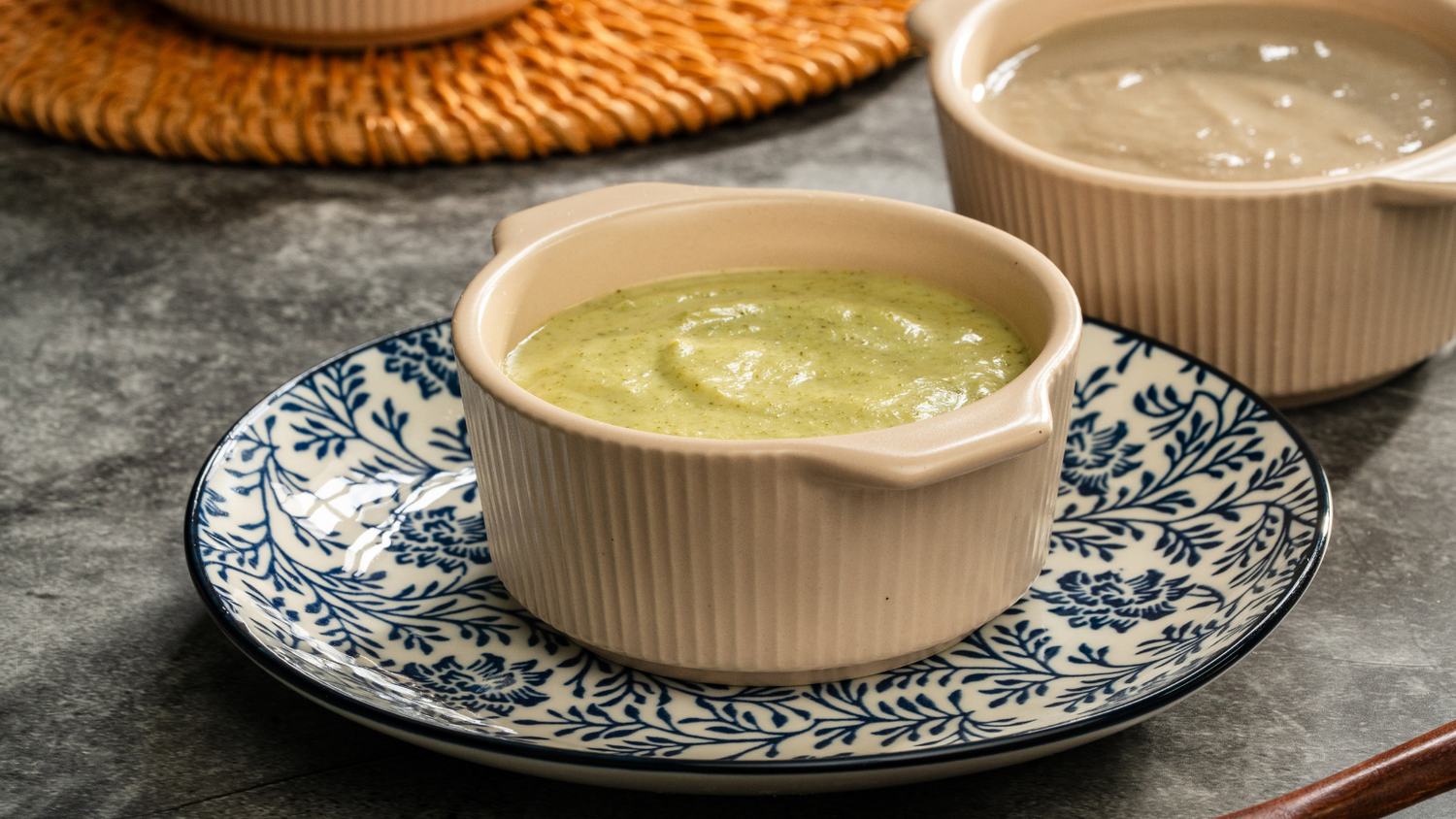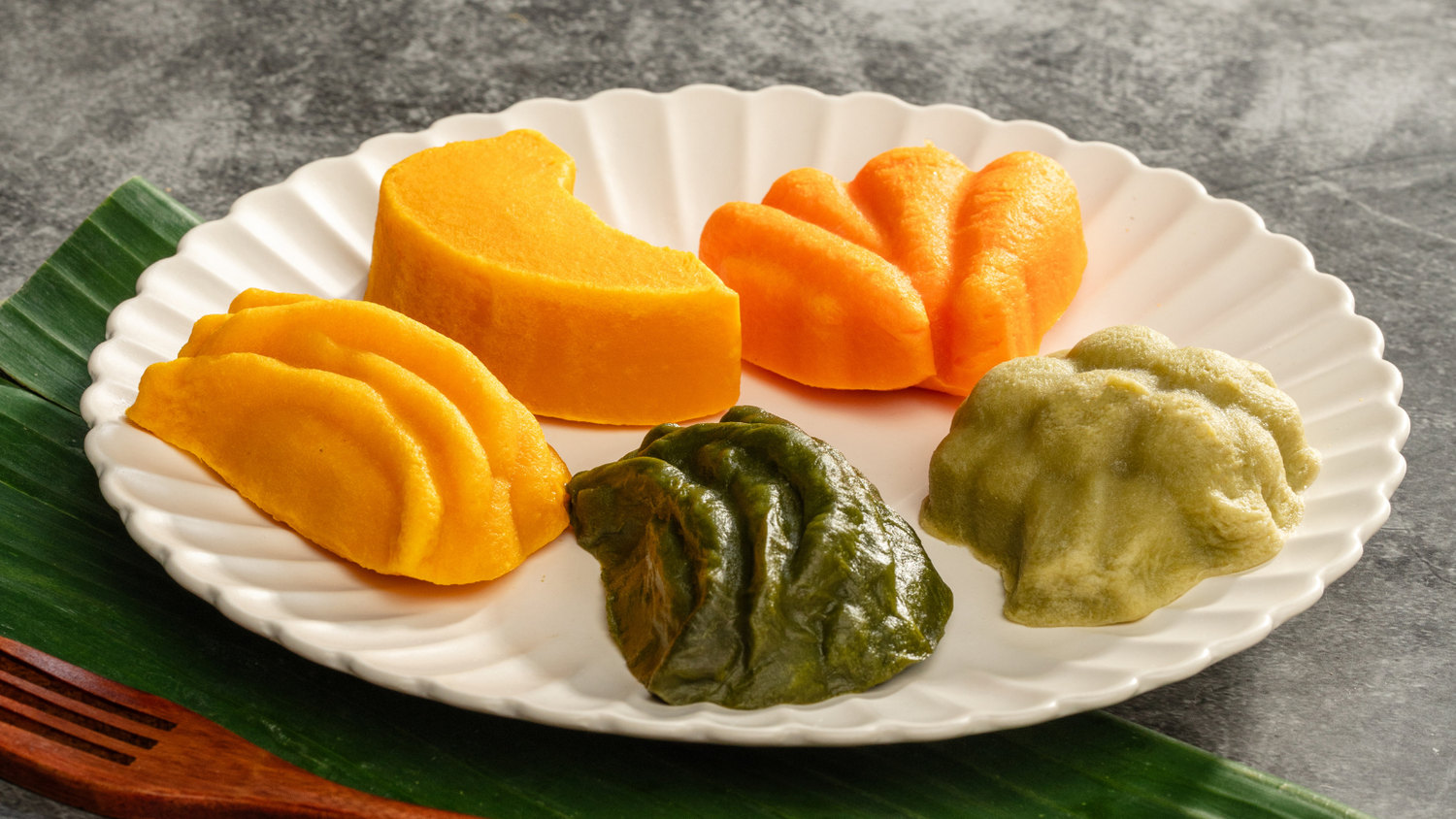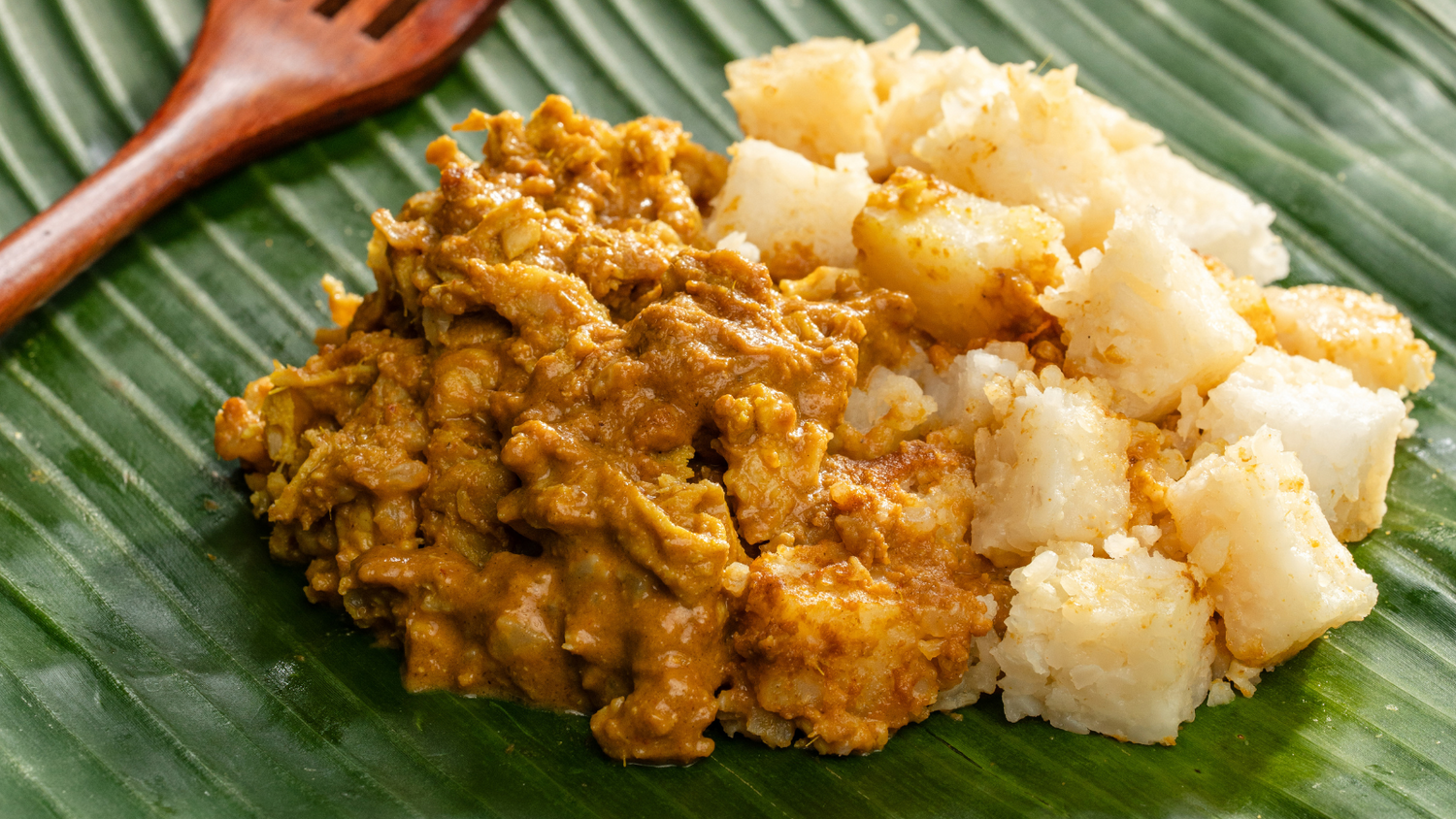Challenges Of Texture-Modified Meals
Share
People with dysphagia or swallowing difficulties often require texture-modified diets to ensure easy and safe chewing and swallowing. However, dysphagic populations on such diets have been well reported to be at a higher risk of inadequate oral intake, leading to malnutrition and dehydration. In this article we will discuss some of the contributing factors and GentleFoods®’ solutions to optimize the food intake of people on texture-modified diets.
Early fatigue at mealtime
People with dysphagia experience difficulty swallowing, many a time accompanied by pain. So they require a longer time to move food and liquid from their mouth to stomach. The prolonged process increases fatigue at mealtimes especially among older people and this may make them give up eating before the meal is finished and thus increases the risk of insufficient oral intake.
In treating people with dysphagia, consuming small and frequent meals to avoid early fatigue is usually recommended. GentleFoods® supports this practice by offering a variety of petite meals that do not look overwhelming to the diners. Being smaller in sizes, all meals are nutritionally balanced with carbs, protein and vegetables.
Meal Monotony
Processing solid foods into nutritious, tasty, and safe texture-modified food is not an easy job. Lacking time for food preparation and cooking, not enough knowledge on food modification, unavailability of the right cooking equipment and utensils and limited food choices restricted by the diet requirement are common challenges faced by caregivers when it comes to food modification. It is not surprising that people with dysphagia end up being offered the same food every day which easily leads to boredom and subsequently poor food intake.
As a specialist in producing texture-modified meals, GentleFoods® has developed a wide array of food products ranging from daily menu including bento sets which comes with more than 20 Asian flavoured sauces for customers to choose from, local snacks such as Ang Ku Kueh, Soups and Pre-Thickened Drinks to festive delights such as pineapple tarts. A good variety of foods help diners avoid food fatigue and maintain their appetite and oral intake.
Unappetizing Meals
We eat with not only our mouth, but also our eyes. However, many solid foods are no longer in their original form and colour when they are minced or pureed (imagine that the spinach becomes a dull green mass on the plate). The unappealing appearance of the food is perceived to negatively impact the appetite and limit food consumption.
GentleFoods® believes that the food one enjoys must always remain the food they enjoy despite the change in their physical condition. As such, our pureed foods are moulded into shapes like the original food while at the same time their flavour and color are preserved. Evidence has shown that shaping/moulding texture-modified food into regular-food-like shape helps diners achieve an overall better energy and protein intake.
Conclusion
There are considerable challenges in producing texture-modified foods that meet food satisfaction of people with dysphagia. However, a specialist company like GentleFoods® can overcome the barriers through continuous research and development to create food that is familiar, safe and nutritious that stimulates the appetite with the way it looks, tastes, and smells; thereby, bringing the joy of food back to the people with swallowing difficulties.
References:
-
Texture-Modified Diets, Nutritional Status and Mealtime Satisfaction: A Systematic Review
-
The Role of Fatigue in the Aging Swallow: A Review





